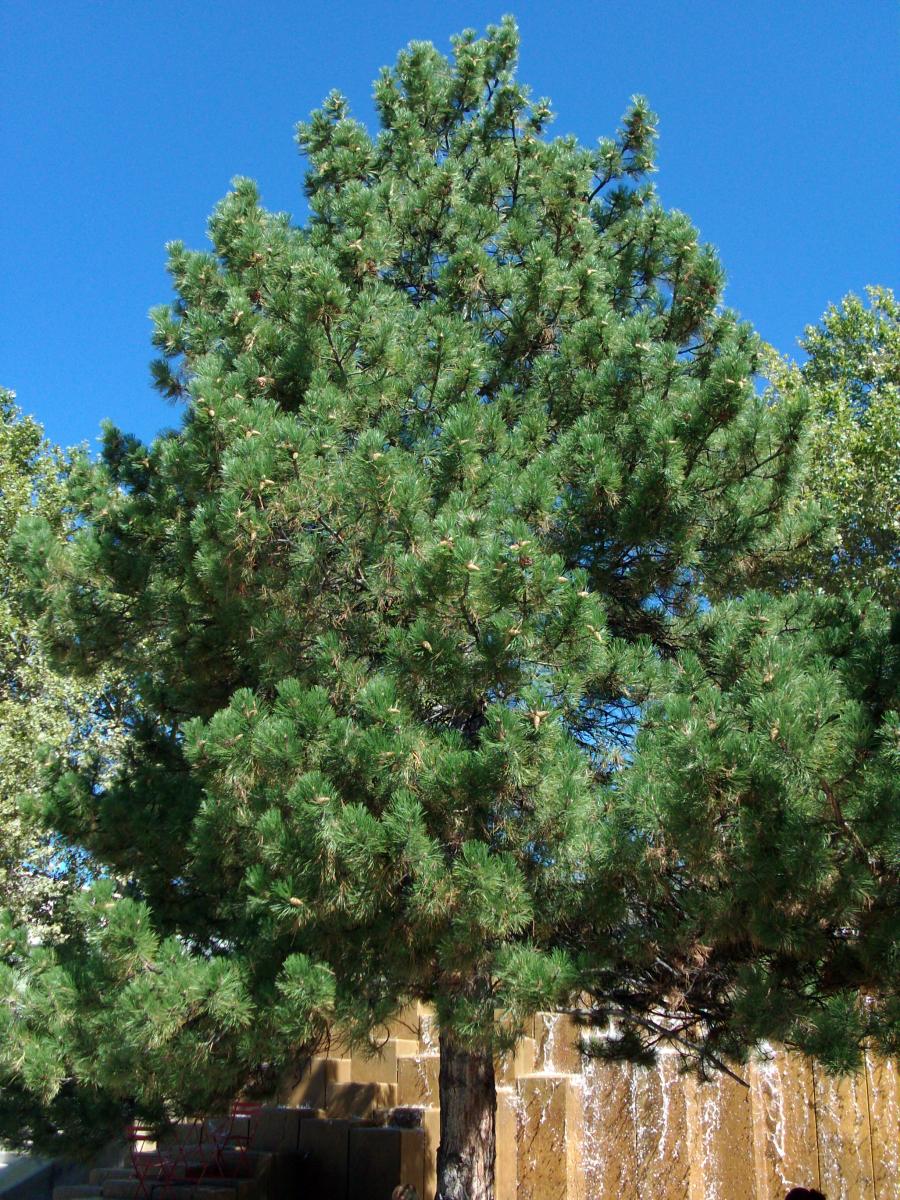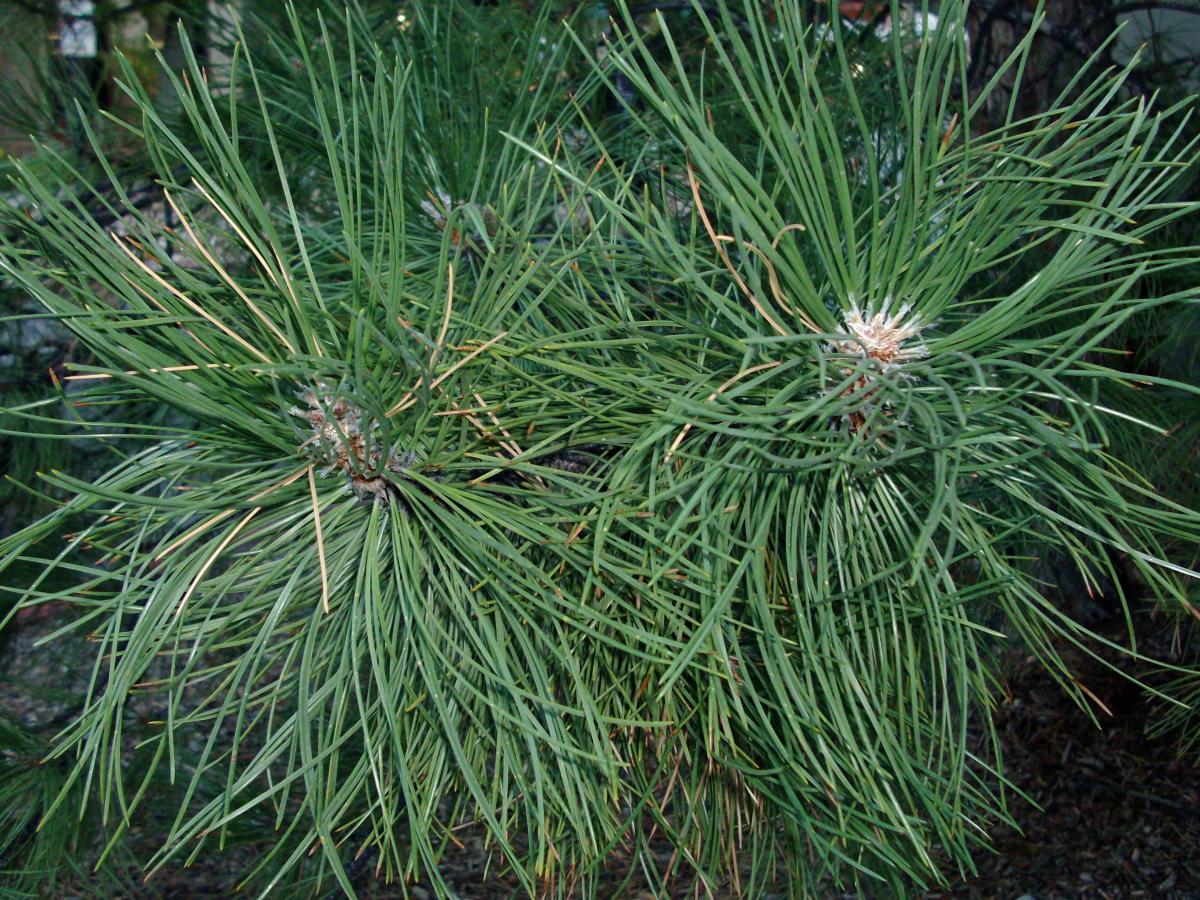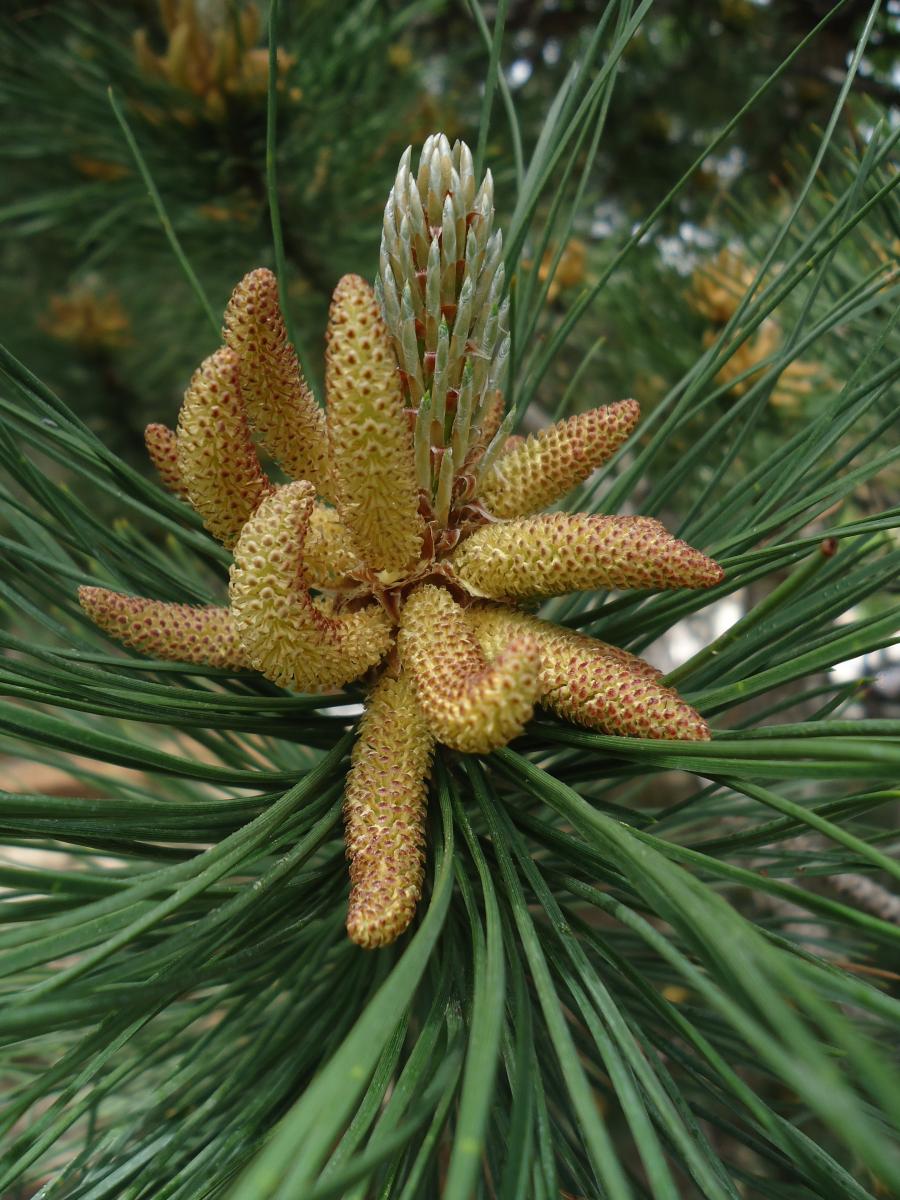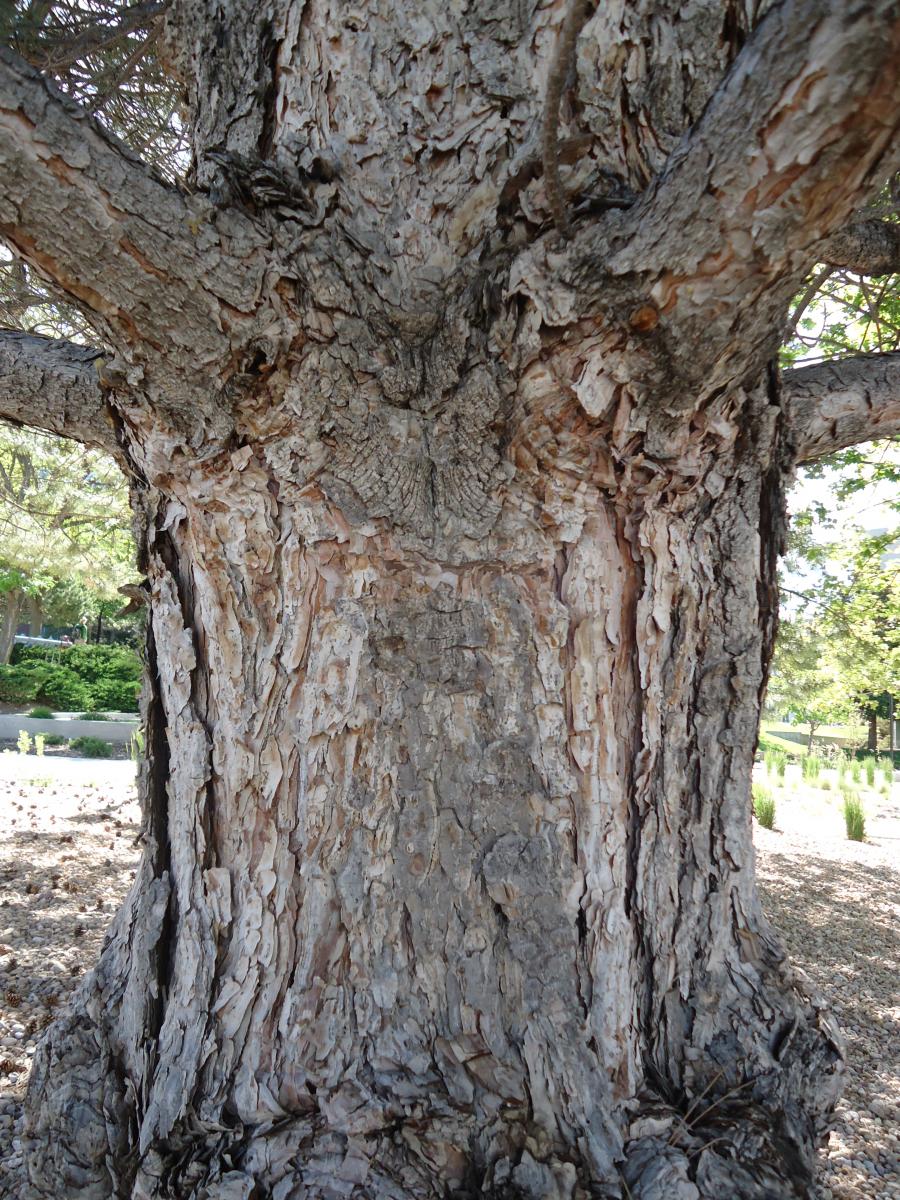Austrian Pine





Pinus nigra
Leaves: Evergreen. Stiff needles come in bundles of 2 and are 3 to 5 inches long, with some varieties reaching up to 6 inches long. Dark green color.
Bark/Twigs: Bark is dark gray-brown in color and not scaly, but rough. Bark develops deep, brown furrows as tree matures which turns mottled grey or grey-black.
Flowers/Fruit: Produces yellow pollen in the spring. Fruit is a reddish-brown woody cone about 2 to 3 inches long, 1 inch wide without prickles on scales.
Mature size and shape: Large. 50 to 70 feet high x 20 to 40 feet wide. Can reach 100 feet or more in its native habitat. Pyramidal when young. Top broadens with maturity and form becomes more oval.
General information/special features: Plant in full sun. Does not tolerate shade. Moist but well-drained soil is best. Tolerates a variety of soil types including clay and sandy soils. Tolerates drought moderately well. Very hardy tree. Considered the toughest of all European pines. Grows well in Utah. Over 217 million Austrian pines were planted during the nation's great dust bowl shelterbelt project. The species has thrived for over 200 years in some of the worst soil and climate conditions America has to offer.
Landscape use and maintenance: Good evergreen shade tree. May also be used as a screen or windbreak. Average growing rate. Low maintenance.
USDA Hardiness Zone: 4 to 7
Family/Origin: Pinaceae - Pine. A native of Europe, from Austria to central Italy, Greece and Yugoslavia. First introduced to the US in 1759.
Campus Use: Extremely common. Can be found east of the Marriott Library (Bld 86) or north of Skaggs Biology (Bld 82).
